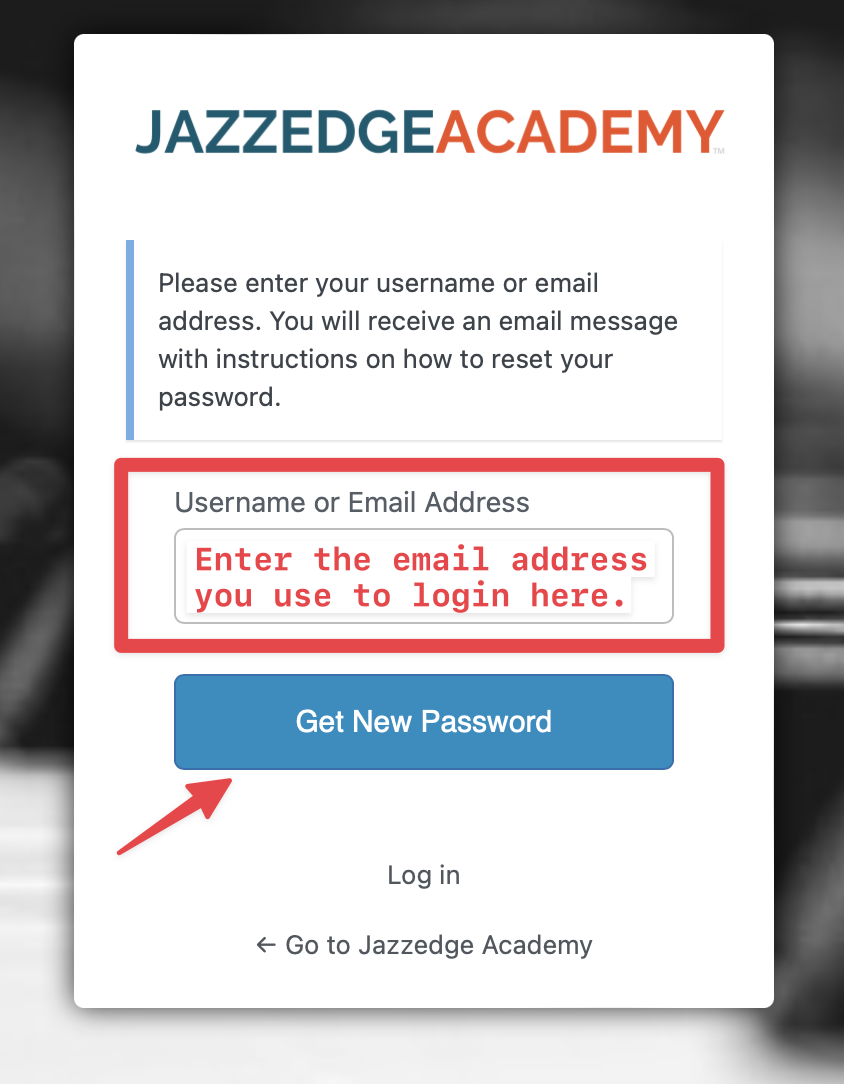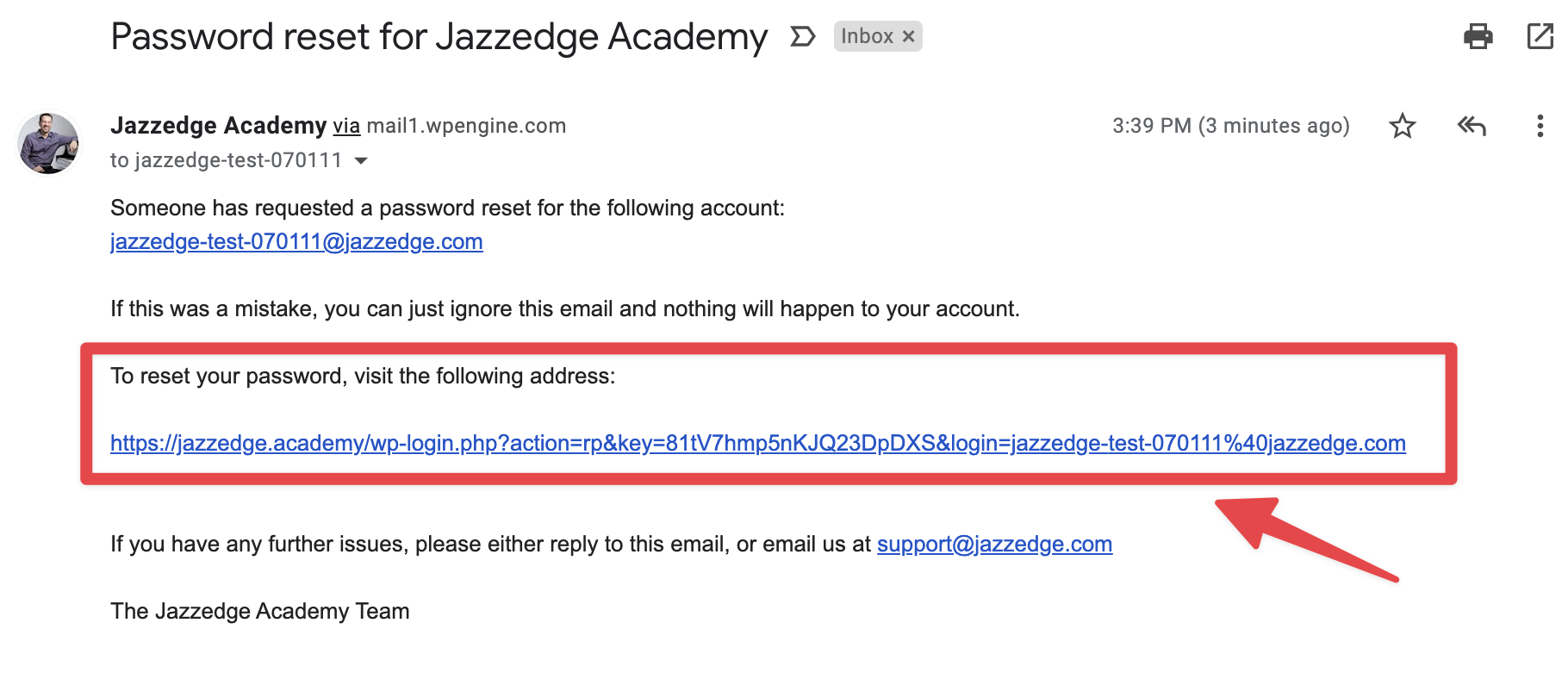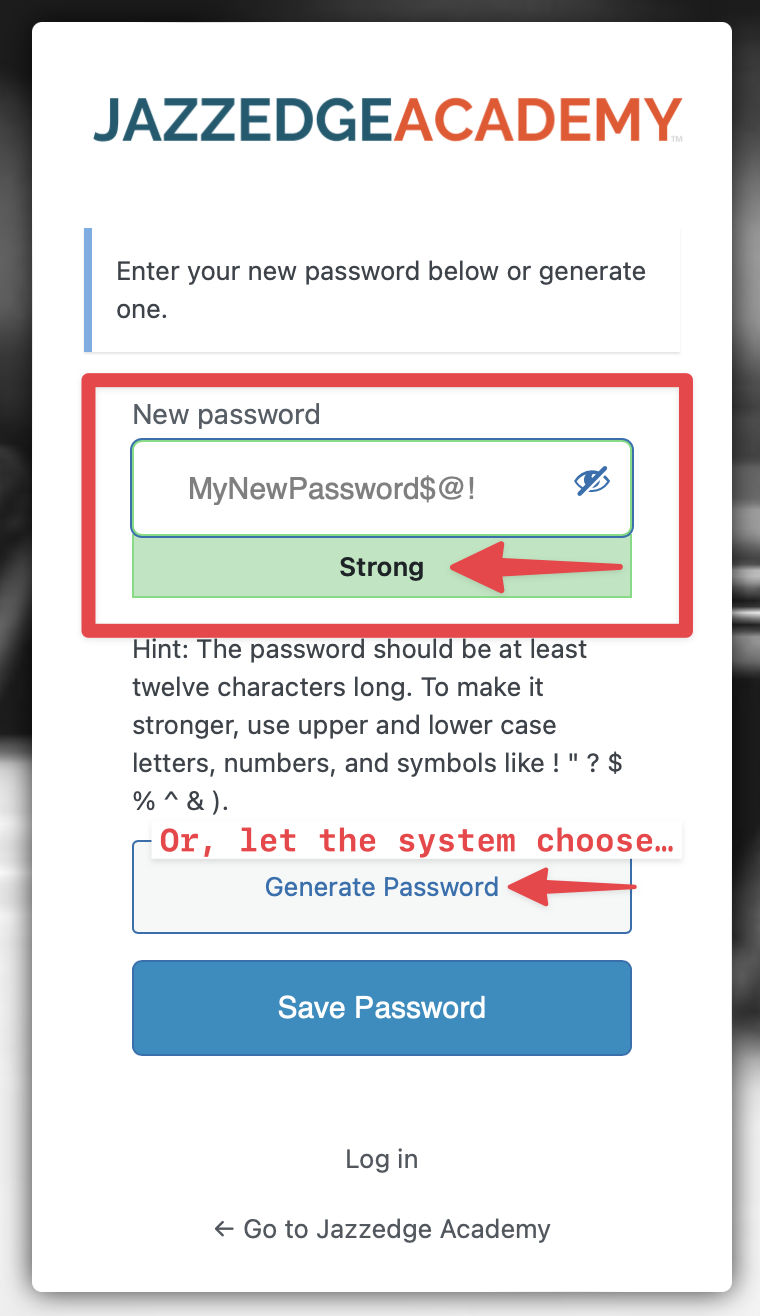- Play your Major triads in the RH alone in as many keys as you can
- Play your Major triads in the LH alone in as many keys as you can
- Try playing them HT with a metronome on 100bpm. Give each chord 4 beats then reduce that down to one beat per chord.
- Set aside 15-20 minutes for daily practice sessions.
- Start by reviewing how to construct major Triads.
- Choose a root note, such as C or B, and practice constructing the major Triad by going up a whole step, another whole step, and then a half step.
- Play the 1, 3, and 5 notes together to create the major Triad.
- Practice constructing major Triads in different keys, starting from easy ones like C and moving on to more challenging ones like B.
- Challenge yourself to figure out as many major Triads as you can on your own before the next lesson.
- Review your progress regularly and keep practicing until you can confidently construct major Triads in any key.
- Download and print the Easy Way To Create 7th Chords sheet and study this while on the go
- Spell out Major, minor and Dominant 7th chords away from the piano
- Pick some easy standards and try to play 7th chords in the left hand. If you can add the melody, that is great. If not, just focus on the chords.
- Good Standards to Try:
- Ain't Misbehavin
- On The Sunny Side of The Street
- I Could Write a Book
- Autumn Leaves
- It Had To Be You
- Play your Major, minor and Dominant 7th chords in all inversions
- Focus on 3 keys at a time
- Go slow, this will take time and feel free to move on while still keeping this in your practice routine
In other words, continue to practice your inversions while moving on to other things.
- Play your Dominant 7th chords in the RH alone in as many keys as you can
- Play your Dominant 7th chords in the LH alone in as many keys as you can
- Try playing them HT with a metronome on 100bpm. Give each chord 4 beats then reduce that down to one beat per chord.
- Play your Minor 7th chords in the RH alone in as many keys as you can
- Play your Minor 7th chords in the LH alone in as many keys as you can
- Try playing them HT with a metronome on 100bpm. Give each chord 4 beats then reduce that down to one beat per chord.
- Play your Major 7th chords in the RH alone in as many keys as you can
- Play your Major 7th chords in the LH alone in as many keys as you can
- Try playing them HT with a metronome on 100bpm. Give each chord 4 beats then reduce that down to one beat per chord.
- Set a timer for 30 minutes to focus on the following practice exercises:
- Start by reviewing the major and minor triads, as well as the one four five chord progression.
- Move on to practicing the different types of seventh chords, including major, minor, and dominant.
- Practice creating these seventh chords in as many different keys as possible.
- Use the Piano Essentials course to learn more about the other types of Triads, such as diminished, minor seven flat five, and augmented.
- Repeat this practice plan daily for at least one week to improve your understanding and skill with these musical concepts.
This is the fun part. Comping really brings the tune alive and creates more intensity and motion in your playing. Remember, these rhythms are just suggestions. It is recommended that you start with what is here first before you move to your own rhythms. However, feel free to explore and experiment with different rhythms!
Practice these rhythms at the piano and away from the piano. Rhythm is something you can "take with you" everywhere and to really get a solid rhythm, it is best to practice tapping these rhythms even when away from the piano. Vocalizing these rhythms will help with your swing feel.
Go slow and practice this line-by-line. Do not move on to the comping until you feel really comfortable playing the R7/R3 shells without making a mistake. As an added challenge, try starting on a R3 shell and see how the inversions change. For example, when you start on a R3 chord, the next chord naturally wants to be a R7 as this "feels" best in the hands for voice leading.
Start by learning all of the R3 chord shell notes. You should be able to look at the chord symbol and say out loud the name of the root and the 3rd. Once you can do this, try playing the R3 chord shell along with the melody. Go line-by-line until you feel comfortable playing the chords along with the melody.
Start by learning all of the R7 chord shell notes. You should be able to look at the chord symbol and say out loud the name of the root and the 7th. Once you can do this, try playing the R7 chord shell along with the melody. Go line-by-line until you feel comfortable playing the chords along with the melody. Practice this until you can comfortably play the entire piece with shells.
Start by identifying each of the roots. Next, try playing just the roots in the LH alone. Next, add the RH and try to play the melody along with the roots like I did starting at 4:52.
The main focus of your practice should be getting down the melody as best you can. Practice with the backing track or metronome. You do not have to memorize it, but memorization does help. Take your time and go slow. Pay particular attention to your fingering and grabbing at the notes. Learning the melody is a really important step that often gets overlooked by students! Having a solid grasp of the melody will make the rest of the blueprint easier for you.
Play the C, F and G major 5-finger scales, RH only, LH only and HT (10x) each. If you can, try to play the entire C, F and G major scale, RH, LH and HT. Go slow. Start with the metronome at 100bpm or slower if you wish. Try to work up the full major scales HT for all three keys.




